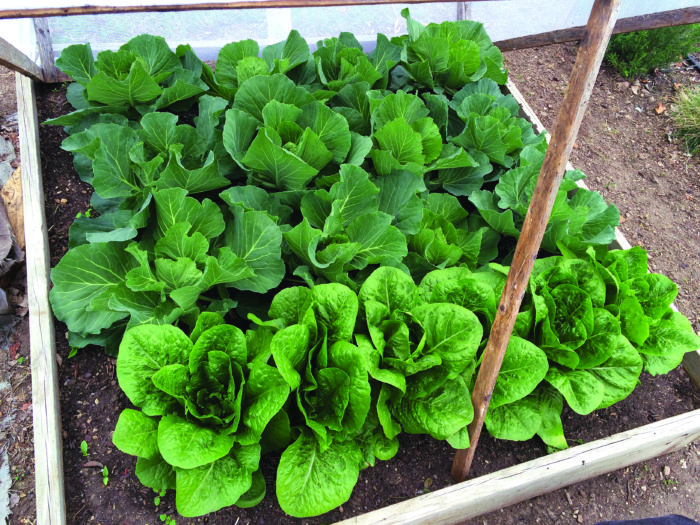‘Black Beauty’ squash
Days to maturity: 50
This dark-green-skinned heirloom variety is one of the most popular of its type. ‘Black Beauty’ was an All-America Selections winner in 1957. Seeds should be direct-sown after the danger of frost has passed, in hills 4 feet apart, and thinned to two to three plants per hill. For short growing seasons or earlier harvests, start seeds indoors. ‘Black Beauty’ is a bush, semi-upright variety that is easy to grow and very productive. Use row covers to protect plants from pests, and mulch to retain moisture and suppress weeds.
The squash ripens during the hot summer months, and once the plants start to produce, they will continue through the growing season. Fruits can be picked at any point but are best harvested at 6 to 8 inches long, when they are still young and tender. ‘Black Beauty’ squash is excellent steamed, baked, sautéed, fried, frozen, or simply eaten raw. In addition, its blossoms are edible and can be used in a variety of recipes.
|
‘Juliet’ tomato
Days to maturity: 60
This 1999 All-America Selections Winner is related to but slightly larger than ‘Santa’ grape tomato. ‘Juliet’ is a popular indeterminate variety that’s shaped like a plum or grape type but is categorized as a cherry type. Long and vigorous vines produce several clusters of 12 to 18 fruits, each weighing around an ounce.
As with other tomatoes, the seeds should be started indoors, about six to eight weeks before the last average frost. Use mulch to cut down on splashing soils and the transfer of potential disease onto the foliage. This variety has better crack resistance than most cherry tomatoes and can hold on the vine longer, too. ‘Juliet’ is sweet, bite-sized, and perfect for salads; it is also meaty, which makes it great for salsa and sauces. The plants are tolerant of late blight and resistant to early blight.
|
‘Blue Lake 274’ bush green bean
Days to maturity: 60
‘Blue Lake 274’ was developed in 1961 from the popular ‘Pole Blue Lake’ bean and is an all-time favorite of mine. The seeds are best direct-sown after all danger of frost is past in spring and the soil has warmed. Sow seeds 1 inch apart, then thin to 2 to 3 inches apart. The dark-green pods are 5 to 6 inches long with white seeds. Once the plants get established, they grow quickly. At full size, the plants are 12 to 16 inches tall.
Although the plants don’t require support, containing them with a wire mesh “wall” may be necessary in a raised bed and in windy locations. The plants have beautiful white and lavender flowers, which, when they fall off, reveal the tiny growing beans. The pods are plump, tender, nearly fiber-free, and have excellent flavor. ‘Blue Lake 274’ matures in a short period of time (two to three weeks). The plants are virus and pest resistant, as well as heat and humidity tolerant.
|










Comments
Log in or create an account to post a comment.
Sign up Log in